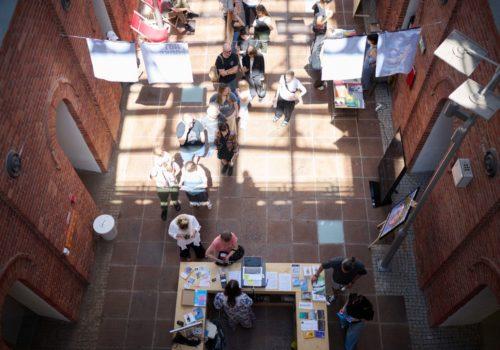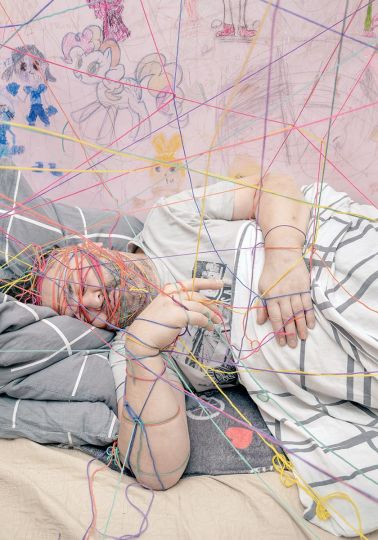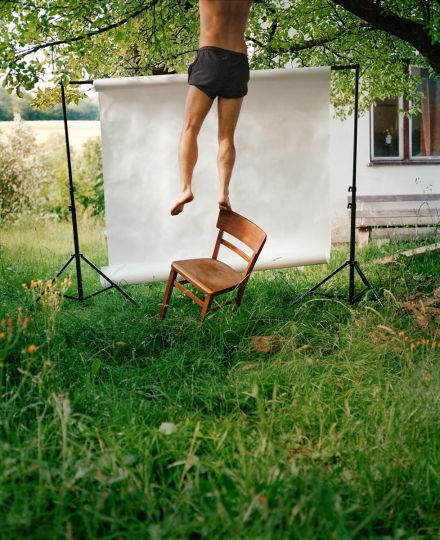From Poland, we generally only know the names of distant cities and a few famous citizens. Yet, Poland is so rich in diversity. Take Łódź, for example (pronounced “Woudge”), the fourth-largest city in the country. How to describe it in a few words? “Polish capital of cinema” would be a good start. Łódź is mainly known for its industry, which once made it shine in Eastern Europe. Cotton factories, built with red bricks, lined almost every street.
Łódź: The Polish Cultural Exception During the Cold War
During the Cold War, Łódź was a cultural oasis for Poland, then on the eastern side of the Iron Curtain. In 1947, the National Film School of Łódź opened and quickly gained national renown. It was in Łódź that the Polish New Wave was born in the 1960s, producing great filmmakers like Andrzej Wajda, Krzysztof Zanussi, and Roman Polanski, who left for the other side of the Iron Curtain after their studies.
In 1968, the film school, renamed the “Higher School of Dramatic Art and Film,” came under state control but continued to be a bubble of freedom. It’s no coincidence that the first Polish jazz band was born there. Foreign films, collected by a car from the US embassy at dawn, were also screened at the school. With nothing to envy from the Warsaw film school, it continues to influence a new generation of filmmakers and photographers.
When Łódź Becomes “Hollyłódź”
Thirty years after the fall of the Soviet bloc, a wind of freedom blows through Łódź. Walking through the city, one is amused by the coexistence of 19th-century dilapidated buildings and small glass skyscrapers at the end of the street. Authentic Łódź has remained popular: just step away from Piotrkowska Street—the 4 km avenue around which the city was built—to feel it. These houses from another era, to a French eye, plunge you into a film where you encounter the “dreziarze”—those young men typical of the 2000s imagination, bald and dressed in tracksuits, strolling through the alleys of Polish metropolises. Rest assured, we didn’t meet any…
By developing the film industry, Łódź took a new turn, immortalized by the filmmakers of the time on film. Most post-war Polish films were shot there, such as “The Promised Land” by Andrzej Wajda, where the multicultural and industrial environment of the city is central to the story.
For these abandoned factories, a new youth is presenting itself, focused on preserving industrial heritage. Some are being converted into cultural centers, like the Artincubator, where the Łódź Photographic Festival is held. The red bricks haven’t said their last word.
5 Films to Discover Polish Cinema:
- The Blue Flowers by Andrzej Wajda
- Ida by Pawel Pawlikowski
- Three Colors: Blue, White, Red, trilogy by Krzysztof Kieslowski
- The Promised Land by Andrzej Wajda
- The Pianist by Roman Polanski



















